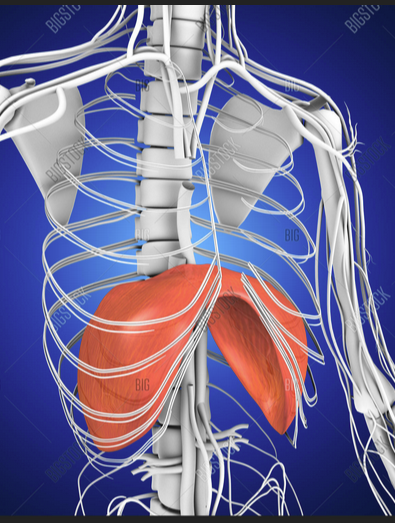The diaphragm is the biggest muscle (by some counts) in the human body and the best single indicator of the quality of your aging.
It is also hard to feel, so if you want to be aware of your diaphragm, it is helpful to key into parts of yourself that relate closely to the diaphragm, such as the lower ribs.
Vocabulary word of the day: Thoracoabdominal pressure gradient
Audio Tapes:
First Meeting, Feb 27th 2025 (the diaphragm & the psoas)
Saturday, March 1st 2025 (diagonal & symmetric breathing, breathing while on the belly)
Diaphragms to Control Pressure Dynamics
The body has multiple "diaphragms" or partition-like structures at different levels that help compartmentalize different body regions and often play roles in controlling pressure dynamics.
The thoracic diaphragm - the main respiratory muscle separating the thoracic and abdominal cavities
The pelvic diaphragm (pelvic floor) - composed of the levator ani and coccygeus muscles, forming the inferior boundary of the pelvic cavity
The urogenital diaphragm (now often called the perineal membrane) - a layer of fascia in the perineum
The sellar diaphragm - a fold of dura mater that forms a partial roof over the pituitary gland
The oropharyngeal diaphragm - sometimes referred to as the isthmus of the fauces, separating the oral cavity from the pharynx
The thoracic outlet (or thoracic inlet depending on perspective) - not always formally called a diaphragm but functions similarly at the superior thoracic aperture near the clavicular notch you mentioned
The glossopharyngeal diaphragm - the musculature at the base of the tongue that helps control swallowing
When you think of your diaphragm moving, think of it as part of a big squeeze that includes your ‘pelvic diaphragm’ or what we usually call the pelvic floor.


